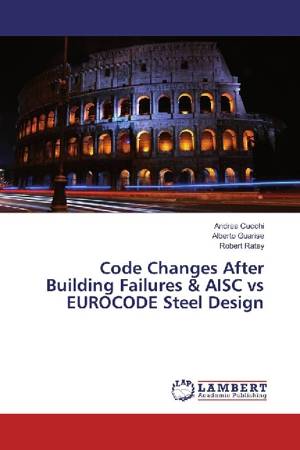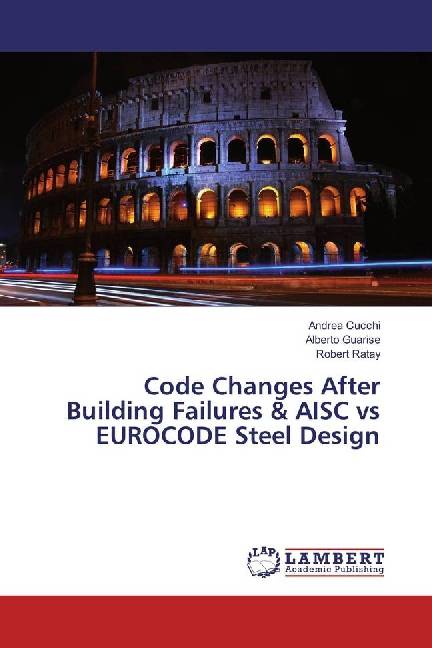
- Afhalen na 1 uur in een winkel met voorraad
- Gratis thuislevering in België vanaf € 30
- Ruim aanbod met 7 miljoen producten
- Afhalen na 1 uur in een winkel met voorraad
- Gratis thuislevering in België vanaf € 30
- Ruim aanbod met 7 miljoen producten
Zoeken
Code Changes After Building Failures & AISC vs EUROCODE Steel Design
Andrea Cucchi, Alberto Guarise, Robert Ratay
Paperback | Engels
€ 73,95
+ 147 punten
Omschrijving
It is well known that people learn from failure much more than from success. It is to the credit of structural engineering profession that failures have been and continue to be used to improve design, construction and regulatory practices. We do not just pay up, rebuild and walk away - we delve, we learn, and we improve. The first part of this book presents a collection of cases of building structural failures with the emphasis on the process and substance of the resulting code modifications. The second part presents the design of a single-story steel building in accordance with two of the widely used steel design specifications for buildings, the American and the European ones. The purpose of this paper is to compare them, looking at the more relevant differences in the design computation between the two, at which one is more economical (less demanding) in terms of amount/weight of steel required, and the differences and costs in the serviceability limits states for the deflections requirements.
Specificaties
Betrokkenen
- Auteur(s):
- Uitgeverij:
Inhoud
- Aantal bladzijden:
- 308
- Taal:
- Engels
Eigenschappen
- Productcode (EAN):
- 9783659915925
- Uitvoering:
- Paperback
- Afmetingen:
- 150 mm x 220 mm

Alleen bij Standaard Boekhandel
+ 147 punten op je klantenkaart van Standaard Boekhandel
Beoordelingen
We publiceren alleen reviews die voldoen aan de voorwaarden voor reviews. Bekijk onze voorwaarden voor reviews.








